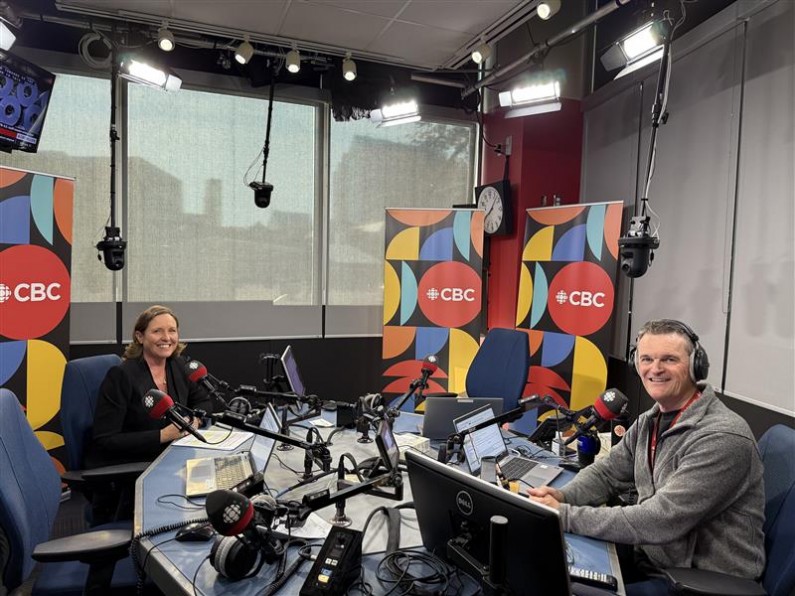News
The contents of these posts are for general information only, and should not be construed as legal advice.
Common Barriers to Filing a Birth Injury Lawsuit—and Why You Shouldn’t Delay
When a child suffers a birth injury, pursuing legal action may be the last thing on a parent’s mind.
What Is Obstetrical Malpractice? How to Recognize Preventable Birth Injuries
When families welcome a new baby, they place great trust in the medical team overseeing the pregnancy, labour, and delivery.
CBC Radio: A group of lawyers across Canada want to better support sexual abuse survivors
Closing arguments in the Hockey Canada sexual assault trial are expected to begin Monday in a London, Ont. , courtroom.
Weir Bowen Recognized as a Top Personal Injury Boutique in Canada for 2025
Weir Bowen LLP is proud to be named one of Canadian Lawyer’s Top Personal Injury Boutiques in Canada for 2025.Understanding Sexual Abuse Claims in Civil Law: Seeking Justice Beyond the Criminal System
When people think about sexual abuse cases, they often picture criminal trials where the accused faces prison time if found guilty.
How Legal Changes Are Expanding Justice for Survivors of Sexual Abuse
The legal landscape surrounding sexual abuse claims has undergone significant change in recent years, making it easier for survivors to seek justice through the civil court system.The Legal Consequences of Sharing Intimate Images Without Consent
In today’s digital world, the ease of sharing photos and videos has created new legal challenges—one of the most damaging being the non-consensual distribution of intimate images.5 Common Challenges in Personal Injury Cases – And How to Overcome Them
Pursuing a personal injury claim is not always smooth sailing. From strict deadlines to tough negotiations - obstacles can arise that may impact your ability to secure fair compensation.
How Personal Injury Lawyers Evaluate the Value of a Claim
If you’ve been injured due to someone else’s negligence, one of the biggest questions on your mind is likely: How much is my claim worth?Understanding the Types of Damages in Personal Injury and Medical Malpractice Claims
When someone is injured due to someone else’s negligence—whether it’s from a car accident, a slip and fall, or medical malpractice—one of the most common questions is: How much is my claim worth?INDIGENOUS LAND ACKNOWLEDGEMENT
The lands on which Edmonton sits and the North Saskatchewan River that runs through it have been the sites of natural abundance, ceremony and culture, travel and rest, relationship building, making, and trading for Indigenous peoples since time immemorial. Edmonton is located within Treaty 6 Territory and within the Metis homelands and Metis Nation of Alberta Region 4. We acknowledge this land as the traditional territories of many First Nations such as the Nehiyaw (Cree), Denesuline (Dene), Nakota Sioux (Stoney), Anishinaabe (Saulteaux) and Niitsitapi (Blackfoot).
Weir Bowen acknowledges the many First Nations, Métis and Inuit who have lived in and cared for these lands for generations. We are grateful for the traditional Knowledge Keepers and Elders who are still with us today and those who have gone before us. We make this acknowledgement as an act of reconciliation and gratitude to those whose territory we reside on or are visiting.










